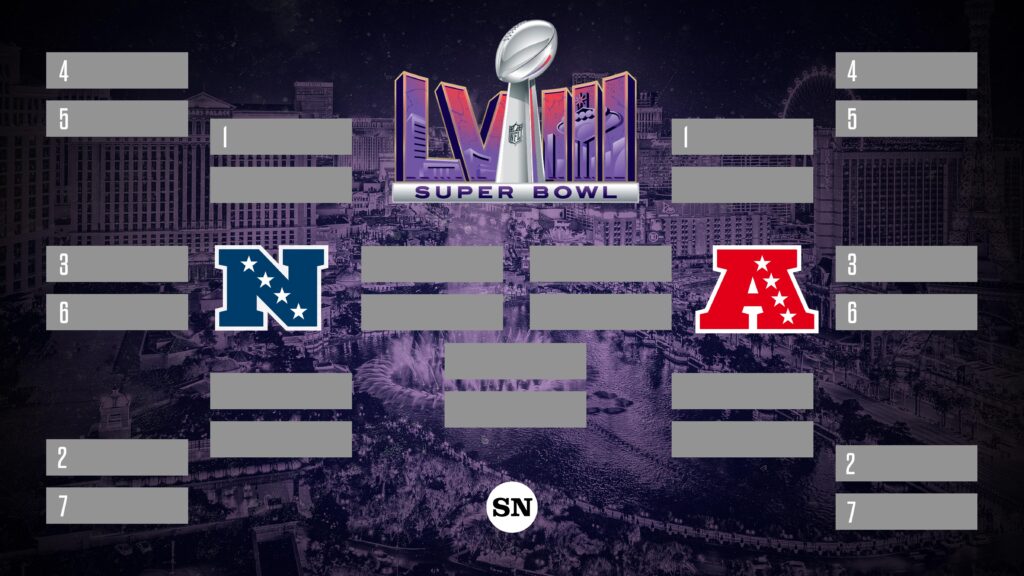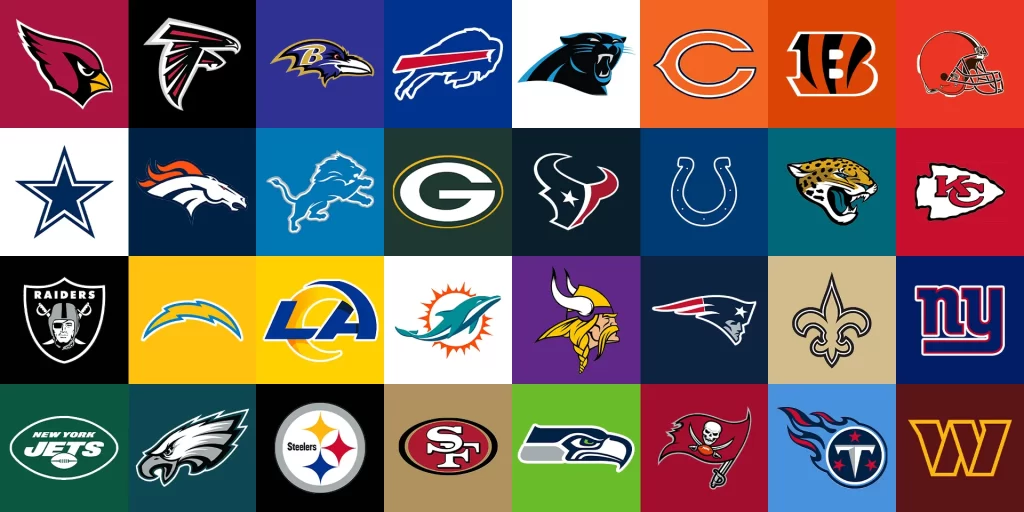The Super Bowl is the driving force behind the country’s most profitable and highest-rated professional sport. The trophy, named after one of the game’s most iconic figures in Vince Lombardi, serves as a token of perpetual prestige and power. Possessing even a single Lombardi grants a team validity and respect as an organization, something twelve teams in the NFL still lack.
Of the top ten most-viewed televised events in American history, nine are Super Bowls. The remaining event was Neil Armstrong stepping onto the Moon in 1969. Every season, thirty fanbases watch their teams melt slowly into the furnace of irrelevance, while two teams and fanbases battle for permanent glory – a battle more often than not is viewed more than every previous non-lunar event in American history.
As the viewership of every other major American sport has dwindled or held course, the NFL and its Super Bowl structure have only continued to gain popularity in the twenty-first century. Perhaps the most important factor in keeping the eyes of the country on the sport’s biggest game is the formatting of the playoffs.
The modern NFL is an evolved marriage of two formerly distinct entities: the NFL and the AFL. From the late 1950s into the ’60s, AFL commissioner Al Davis and NFL commissioner Pete Rozelle fought a war that lasted the better part of a decade, each of their leagues vying for top player talent, TV deals, and viewership. The NFL never truly fell behind in the war, but it was costing both parties a great deal of money. In 1966, the commissioners met to hammer out a deal that would end the war, merging the leagues into one. The NFL and AFL became the National and American Football Conferences, respectively.
Today, the NFC and AFC continue to do battle in an annual homage to Rozelle and Davis. Each conference holds sixteen teams that are further broken down into four divisions labeled after each of the cardinal directions:
NFC:
NFC East: Dallas Cowboys, Philadelphia Eagles, New York Giants, Washington Commanders
NFC West: San Francisco 49ers, Los Angeles Rams, Seattle Seahawks, Arizona Cardinals
NFC North: Detroit Lions, Green Bay Packers, Minnesota Vikings, Chicago Bears
NFC South: Tampa Bay Buccaneers, New Orleans Saints, Atlanta Falcons, Carolina Panthers
& AFC:
AFC East: Buffalo Bills, Miami Dolphins, New York Jets, New England Patriots
AFC West: Kansas City Chiefs, Las Vegas Raiders, Los Angeles Chargers, Denver Broncos
AFC North: Baltimore Ravens, Pittsburgh Steelers, Cleveland Browns, Cincinnati Bengals
AFC South: Houston Texans, Indianapolis Colts, Jacksonville Jaguars, Tennessee Titans
A total of seven teams from each conference make the playoffs each year. Each of those seven teams is assigned a ‘seed,’ based on their win-loss record. Every division sends at least one team to the playoffs, also determined by their win-loss record:
The conferences mirror each other, so everything below also applies to the AFC.
NFC Playoffs
-
- NFC Division winner with best win-loss record
-
- NFC Division winner with second-best win-loss record
-
- NFC Division winner with third-best win-loss record
-
- NFC Division winner with fourth-best win-loss record
After the first four seeds are determined, the wildcard teams are added:
-
- NFC Team with best remaining win-loss record
-
- NFC Team with best remaining win-loss record
-
- NFC Team with best remaining win-loss record
With each team only playing seventeen games in the regular season, tiebreakers are used very often in determining seeding. For example, last year’s playoffs in the NFC looked like this:
-
- San Francisco 49ers: 12 wins – 5 losses (West champ)
-
- Dallas Cowboys: 12 wins – 5 losses (East champ)
-
- Detroit Lions: 12 wins – 5 losses (North champ
-
- Tampa Bay Buccaneers: 9 wins – 8 losses (South champ)
-
- Philadelphia Eagles: 11 wins – six losses (wildcard: best remaining record)
-
- Los Angeles Rams: 10 wins – seven losses (wildcard: 2nd best remaining record)
-
- Green Bay Packers: 9 wins – 8 losses (wildcard: 3rd best remaining record)
Tiebreakers begin with a head-to-head record if the teams played each other in the regular season. Last season, the 49ers, Cowboys, and Lions all finished with the same number of wins. However, the Cowboys lost to the 49ers, and the Lions lost to the Cowboys.
The Lions and 49ers did not play each other in the regular season, so their tiebreaker goes to the next step: division record. The Lions went 4-2 against fellow NFC North teams, while the 49ers went 5-1 against their NFC West rivals.
These tiebreakers slotted the three conference-best twelve-win teams into 1st, 2nd, and 3rd. The Buccaneers won their division and therefore got 4th place, despite having a worse record than two of the wildcard teams.
When the season ends and these records are cemented, a bracket is created in each conference:

WILDCARD DIVISIONAL CONFERENCE CONFERENCE DIVISIONAL WILDCARD
SUPER BOWL
The number one seed from each conference skips the Wildcard Round. For the remaining seeds, the lowest play the highest as shown above. Each game is hosted by the better seed, leading round-by-round until the Super Bowl, which is played at an impartial stadium.
Slight changes to the format have been made over the years, but the goal remains the same: Earn the highest seed possible, beat the best teams in your conference, and win the Super Bowl.

